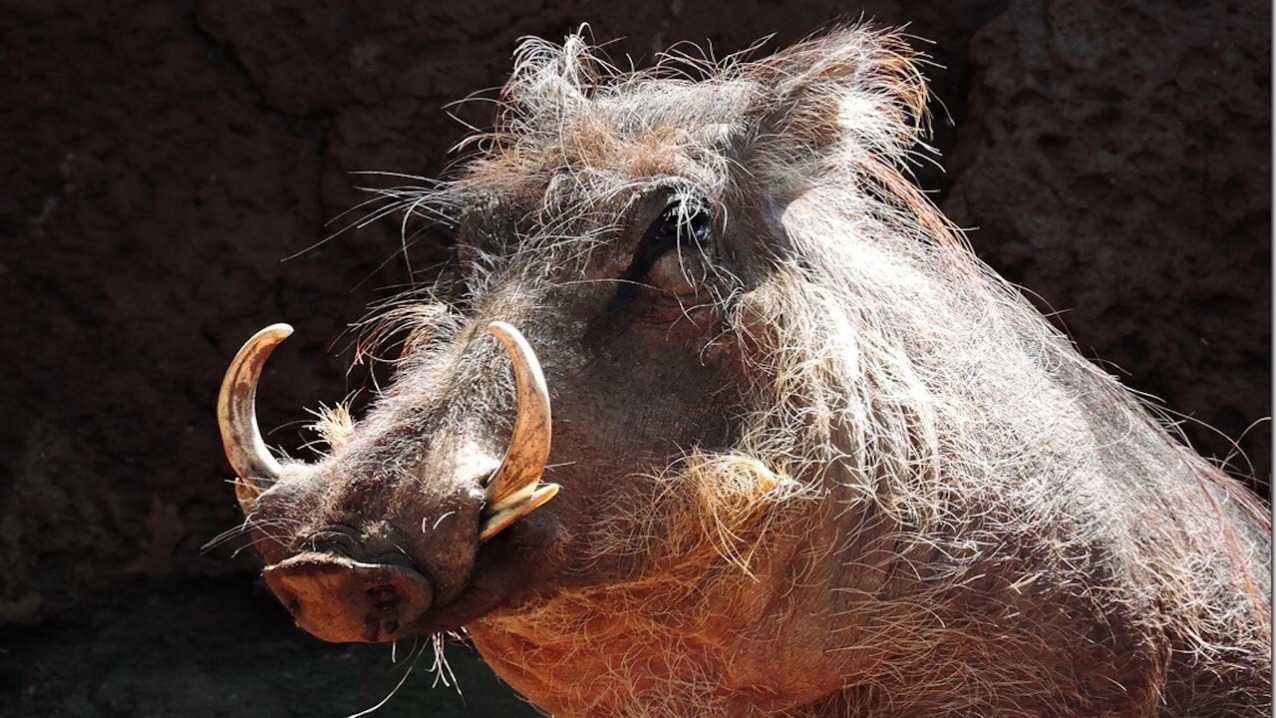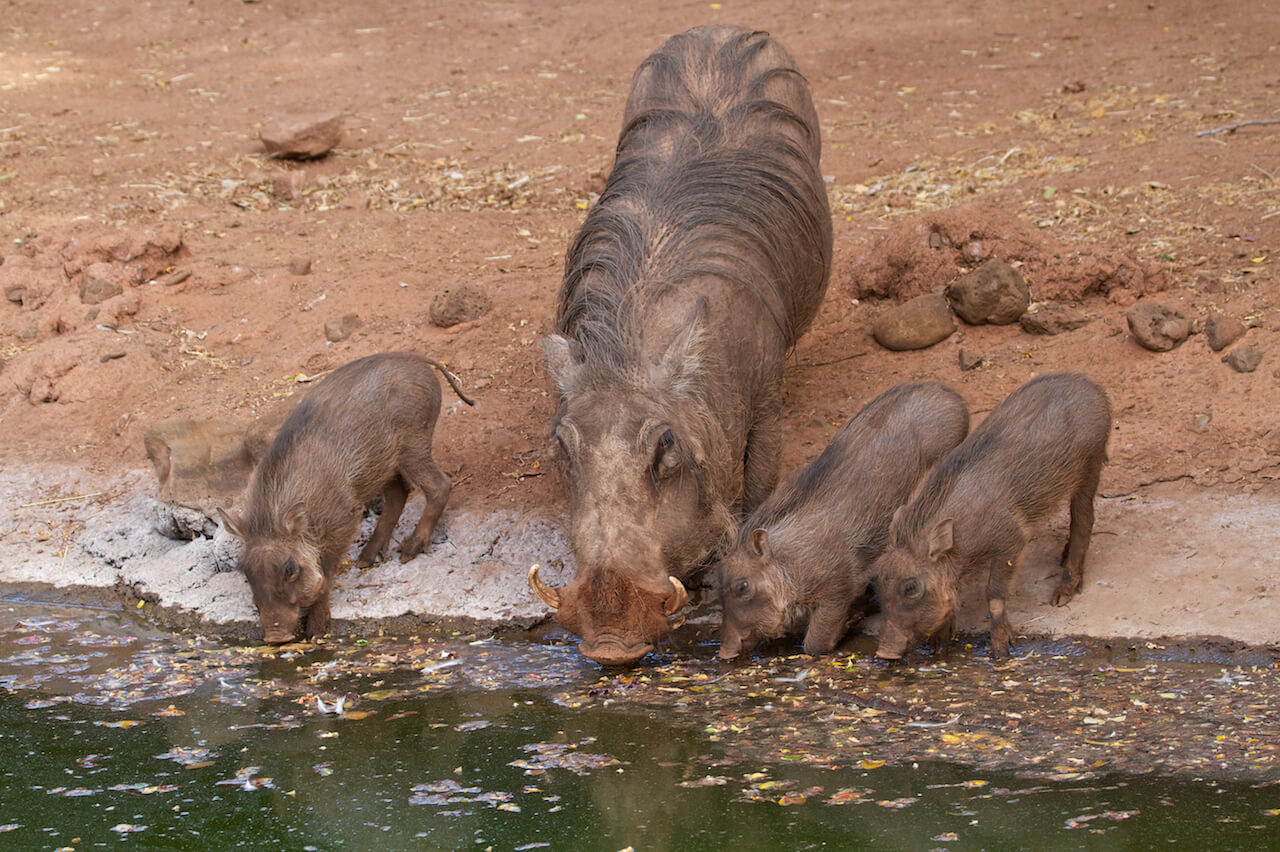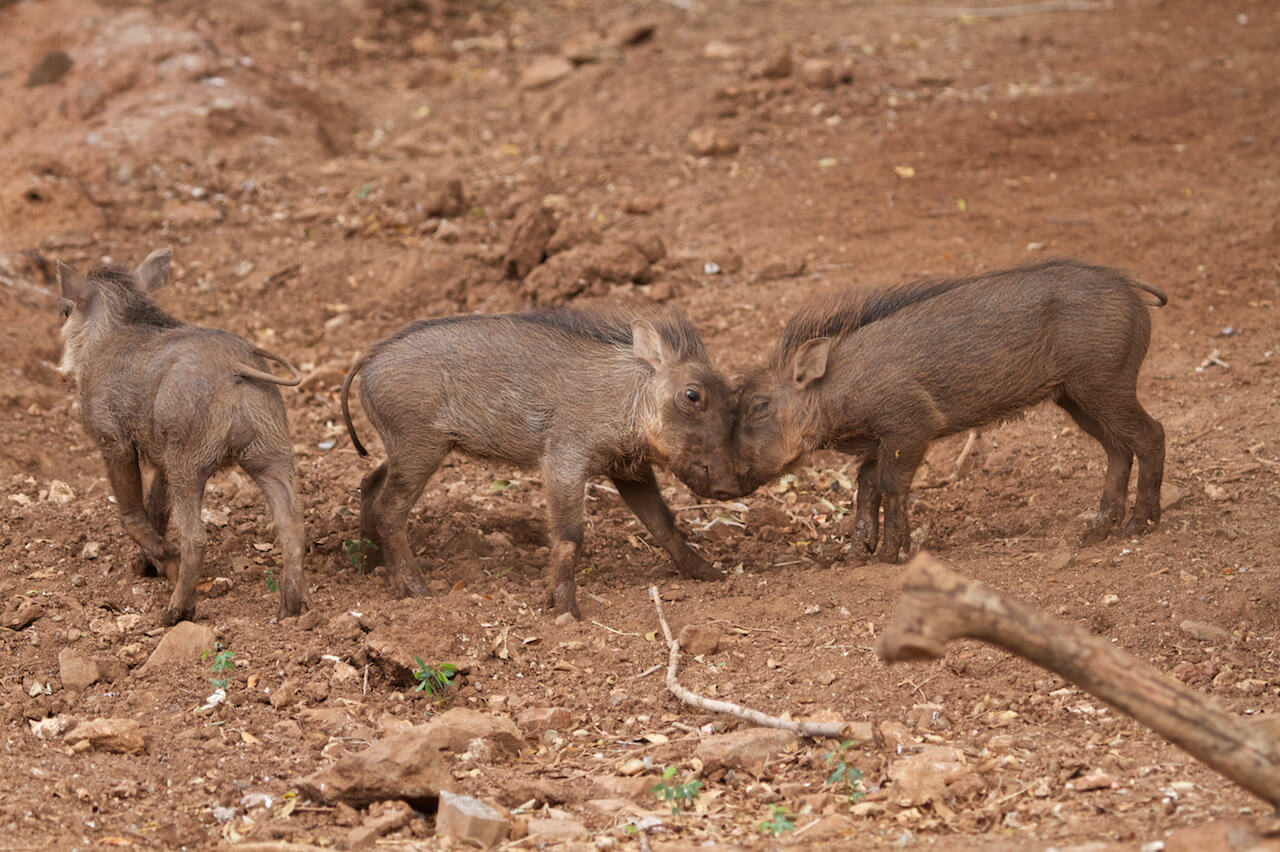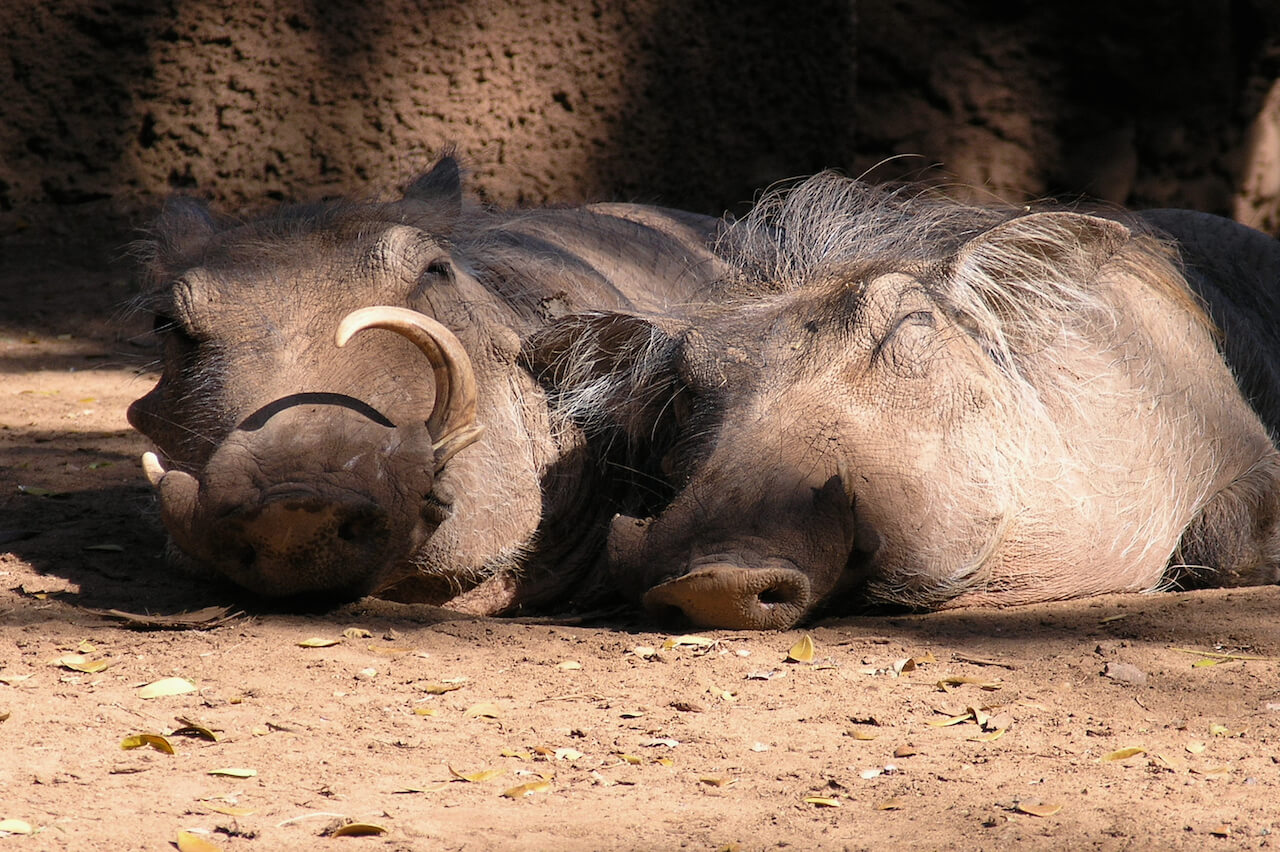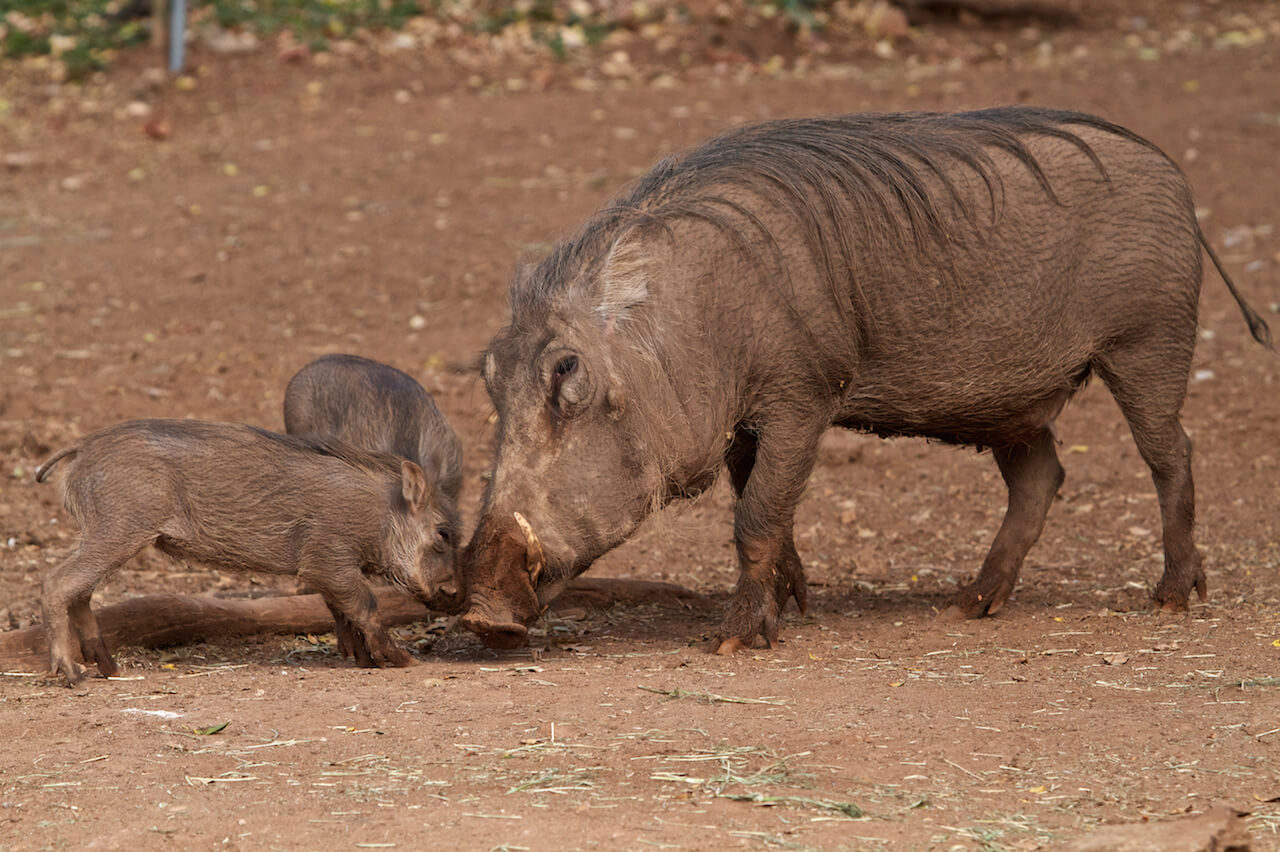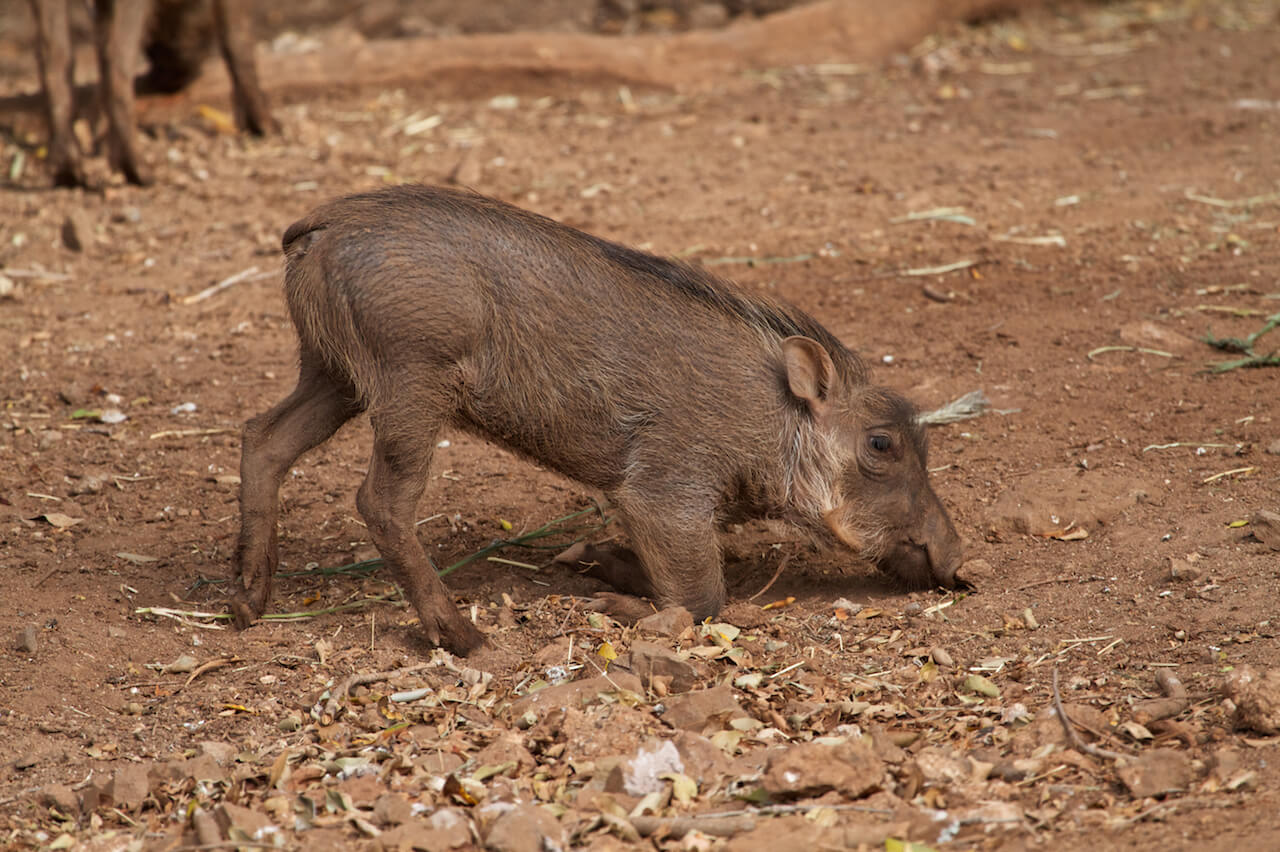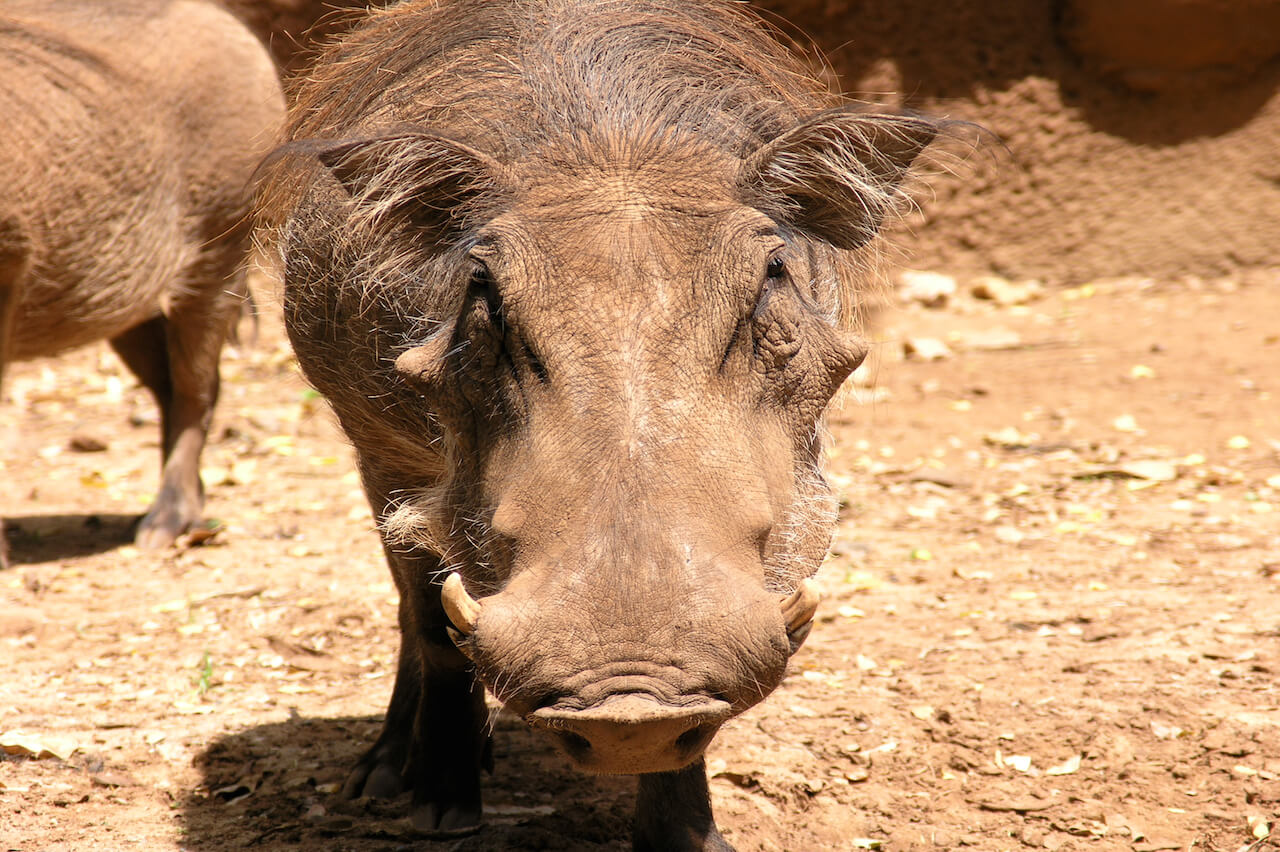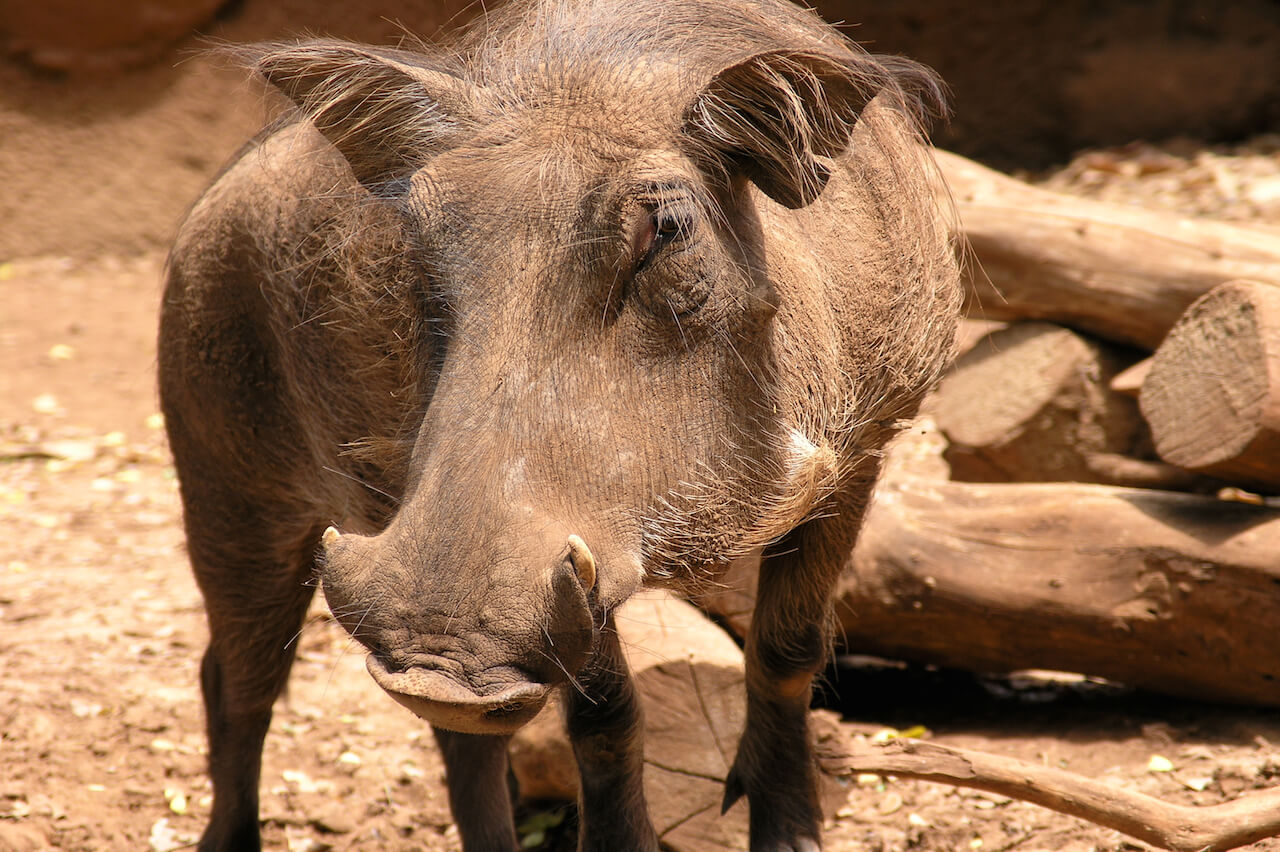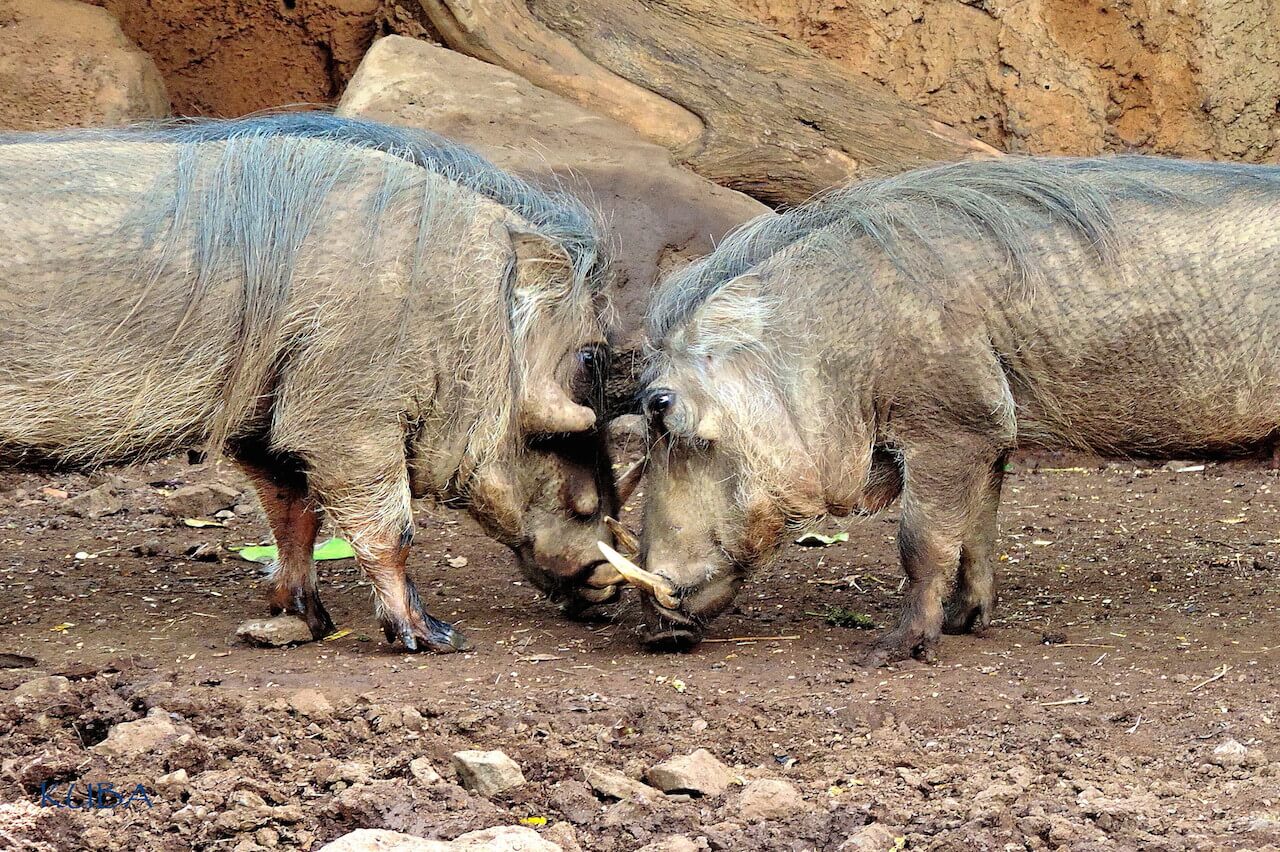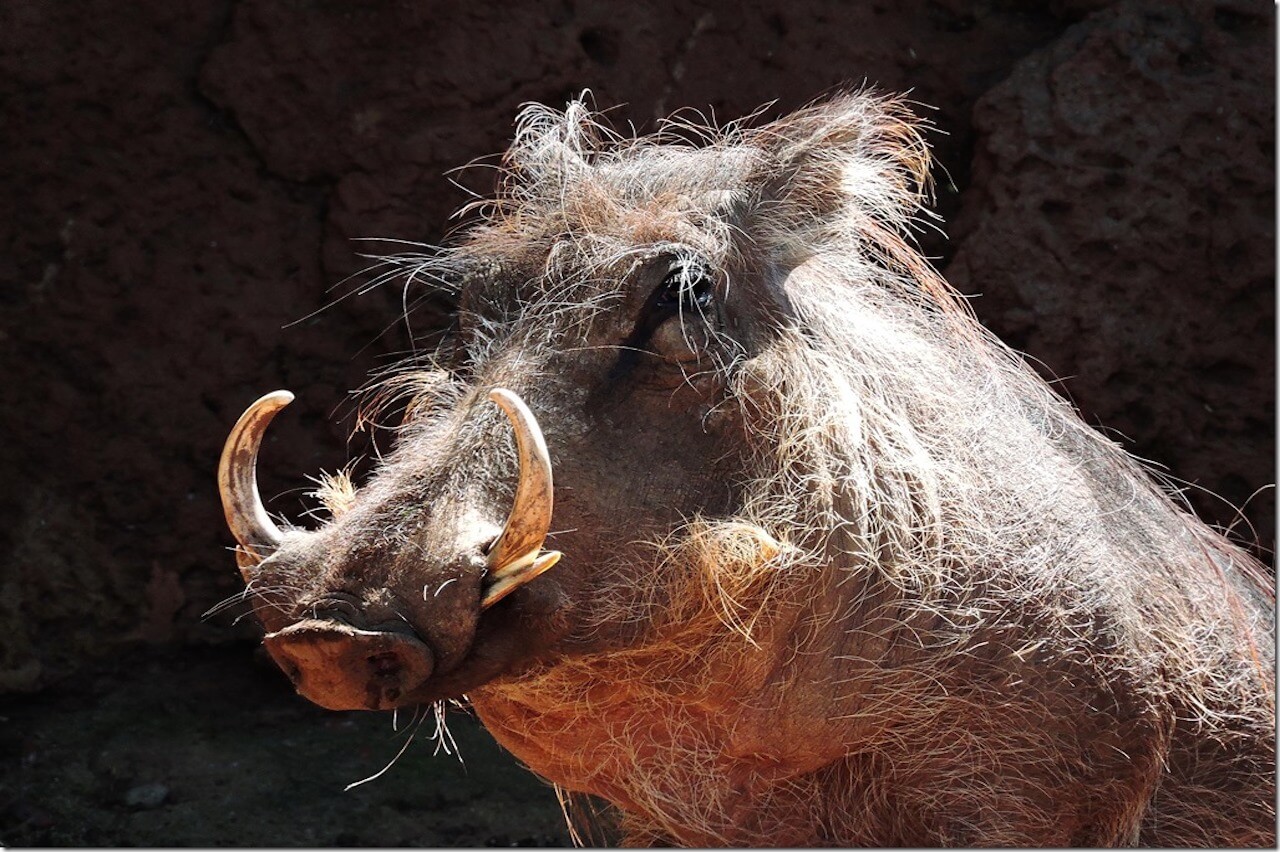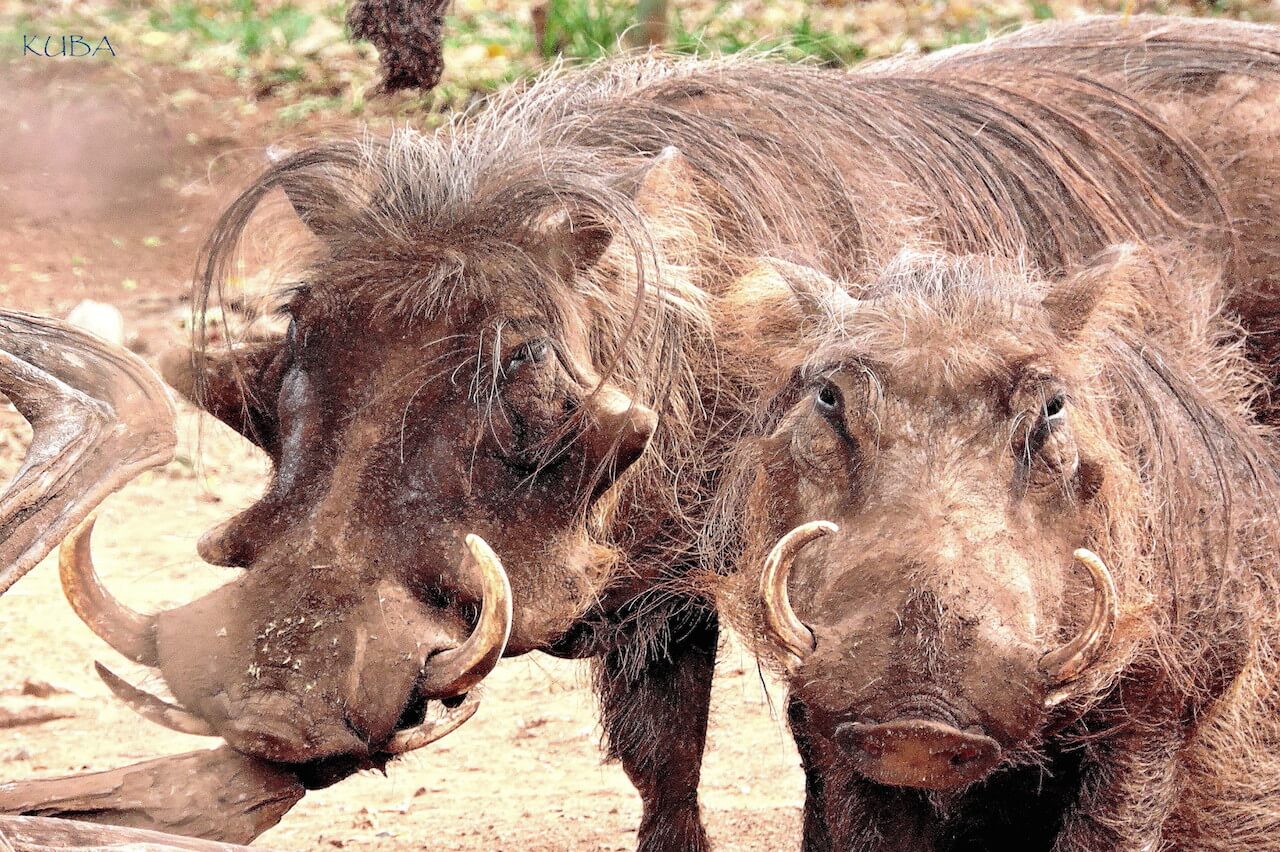phacochoerus
Warthog
About Me
Scientific Name: phacochoerus
Description
The Wart hog’s disproportionately large heads have down-pointing nostrils on rubbery snouts and small eyes beneath ears that move up or sideways according to mood. Growing from the sides of their mouths are semicircular tusks and smaller sharp canines; two or three pairs of conspicuous “bumps” (not warts, despite their name) are also facial appendages.
Fun Facts
- The large “warts” on their faces are actually concentrations of cartilage that protect the males’ eyes and jaws from punches during duels with one another.
- To sleep and for protection from predators, they retreat into underground dens — usually deserted aardvark burrows.
- Kingdom: Animalia
- Phylum: Chordata
- Class: Mammalia
- Order: Artiodactyla
The Wart hog’s disproportionately large heads have down-pointing nostrils on rubbery snouts and small eyes beneath ears that move up or sideways according to mood. Growing from the sides of their mouths are semicircular tusks and smaller sharp canines; two or three pairs of conspicuous “bumps” (not warts, despite their name) are also facial appendages.
Adults are gray, black or brown, and the young are pinkish. Their hides are almost hairless except for a bristly mane along the backbone. Mature males are up to 30 inches high at the shoulder and weigh a maximum of 220 pounds; females are somewhat smaller.
They can run 34 mph on tiny feet. When running, their tufted tails are held erect.
Wart Hogs prefer plains regions and avoid forests. They inhabit Africa south of the Sahara except at the southern tip of the continent.
The large “warts” on their faces are actually concentrations of cartilage that protect the males’ eyes and jaws from punches during duels with one another.
To sleep and for protection from predators, they retreat into underground dens — usually deserted aardvark burrows. They most often back into the dens tail first so they can use their tusks to protect themselves from leopards and lions, their principal enemies. This headfirst position also allows them to make rapid getaways each morning.
Young Wart Hogs may die from cold weather as they lack body fat and fur.
They often kneel on their front knees while grazing on short grasses and herbs, feeding on fruits and digging up roots. Sometimes they graze with zebras and antelope. Occasionally they feed on carrion. Pigs do not chew their cud.
Wart Hogs are the only swine that all defecate together, like clockwork, between 4-14 times daily.
Mating often occurs in May and June. After a 175 day gestation period, one to eight (usually 2-3) young are born about November. Piglets nurse for several months and are completely weaned by 21 weeks of age. The young are temporarily driven away when the female is about to bear a new litter, but they may subsequently rejoin the family.
Males separate from their mothers by the age of 15 months. Females stay longer, sometimes permanently. Wart Hogs are sexually mature at 18 to 24 months, but males usually do not mate until they are about four years old.
A captive Wart Hog has lived for 18 years and 9 months.
Other Mammals
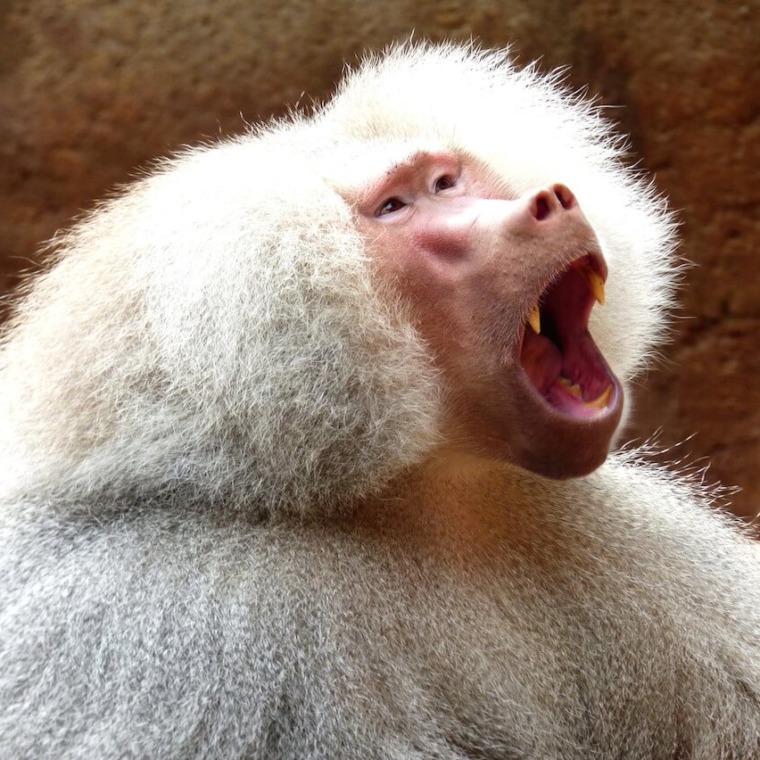
Sacred Baboons are common throughout northeastern Africa, but are extinct in the Nile region and Egypt, where they originally received their name and were worshiped by the ancient Egyptians.
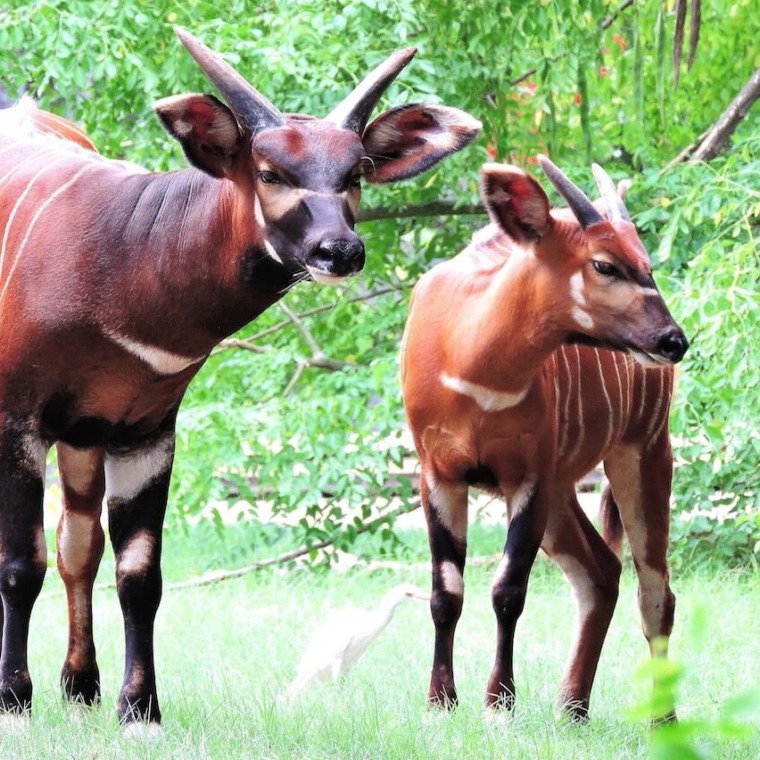
Bongo are most active at dawn and dusk, and often forage near the edges of wooded areas. They normally shy in the wild and flee into the forest for cover at the slightest provocation.
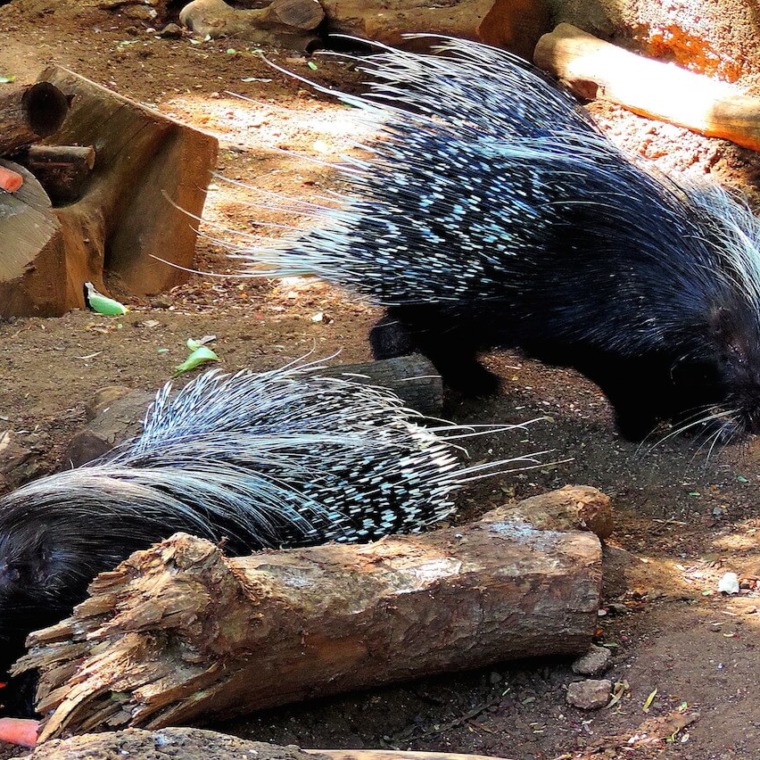
The North African crested porcupine is nocturnal. They are very adaptable and can be found in forests, on plantations, in rocky or mountainous areas as well as in deserts.
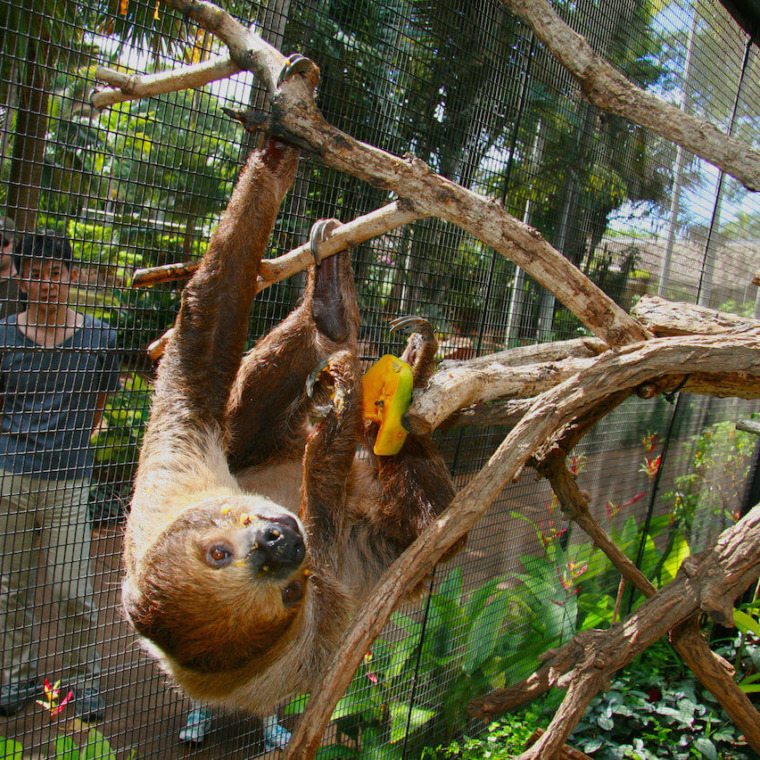
Sloths are found in Central and South America in the rain forest canopy. The Linne’s two-toed sloth is found in such countries as Nicaragua, Columbia, Venezuela, Surinam, Guyana, French Guiana, North Central Brazil, and Northern Peru.
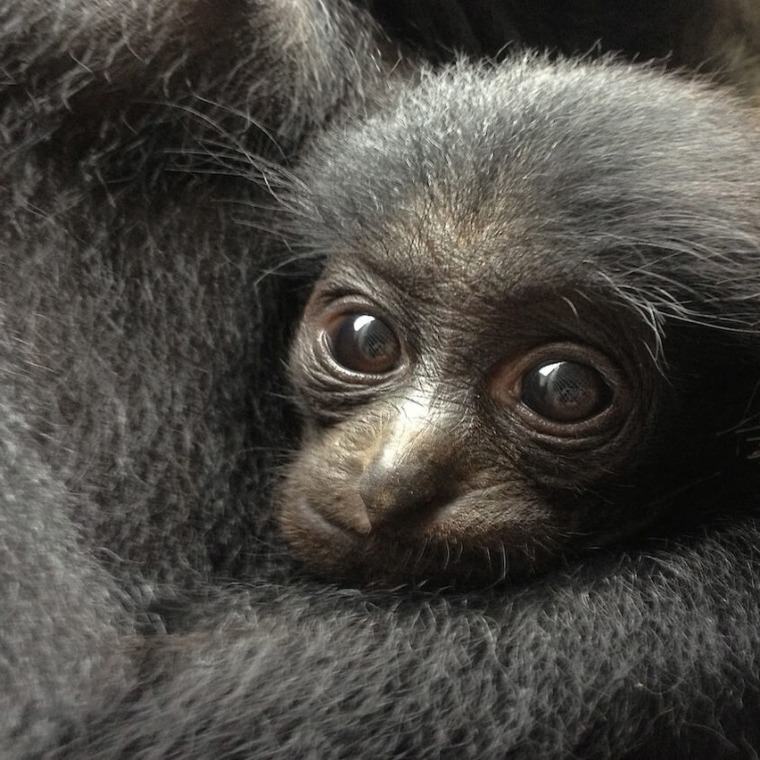
Siamangs range through southeastern Asia and are found in some numbers in the Malay Peninsula and Sumatra.


